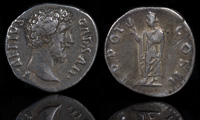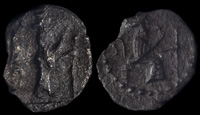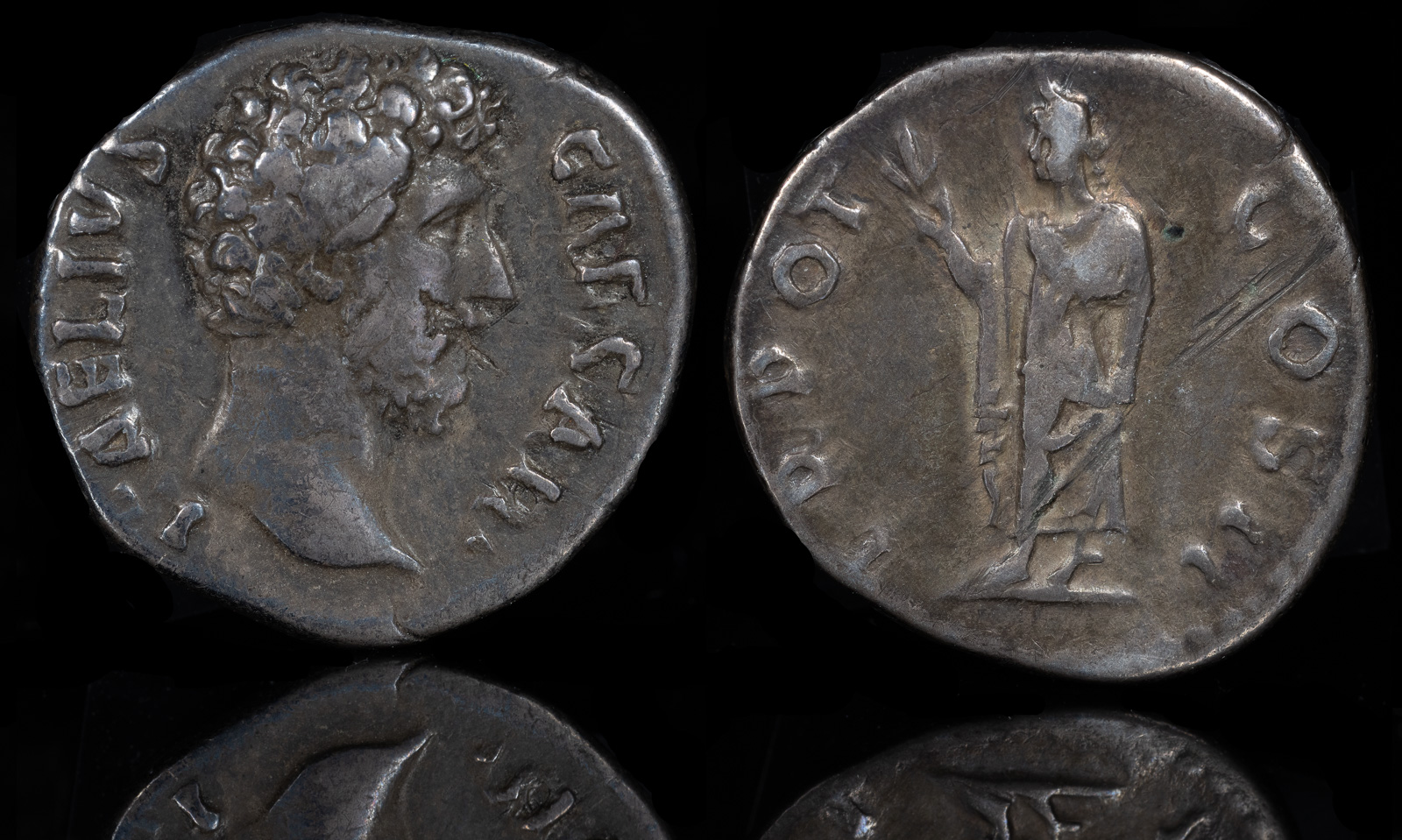Flower
View All Tags
The rose was perhaps the most famous and beloved flower in ancient Greek society. It was particularly associated with Aphrodite, the goddess of love and beauty. According to myth, roses were created from the blood of Aphrodite’s lover, Adonis, when he was fatally wounded, linking the flower to themes of both love and mourning. The rose symbolized the transience of beauty and life, and it was used in weddings, festivals, and funeral rites. Roses were often woven into garlands, worn by both men and women, and they were placed on altars or tombs as offerings to the gods or as a tribute to the deceased. In addition, roses were also believed to have medicinal properties and were used in various forms of ancient Greek medicine.
The lily was another important flower in Greek culture, often symbolizing purity and fertility. The lily was associated with Hera, the queen of the gods, who was linked to marriage and childbirth. It was believed that the lily grew from Hera’s breast when she nursed her son, Hephaestus, and thus came to represent the divine mother and the nurturing aspect of femininity. The white lily, in particular, became a symbol of chastity and innocence. It was often used in religious offerings, especially in rituals associated with fertility and marriage. The lily’s striking appearance and symbolic associations with maternal love and purity made it one of the most revered flowers in Greek society.
The myrtle was another significant flower in ancient Greece, deeply associated with the goddess Aphrodite, as well as with victory and peace. The myrtle plant was considered sacred to Aphrodite, who was often depicted wearing a crown of myrtle leaves. The plant was used in religious ceremonies and festivals, particularly those dedicated to the goddess of love and beauty. It was believed to promote love and fertility and was often used in wedding garlands. Additionally, the myrtle was considered a symbol of eternal love and was frequently included in wreaths given to victorious athletes or military commanders, as it was associated with triumph and honor.
The poppy was another important flower in ancient Greek culture, with dual associations to both death and sleep. It was linked to Demeter, the goddess of agriculture and the harvest, as well as to Hypnos, the god of sleep. The poppy’s vivid red petals were seen as representing both the fertility of the earth and the finality of death, with its seeds often used in offerings at funerals or as part of burial rites. The poppy’s association with sleep and death made it a flower that symbolized tranquility, rest, and the afterlife. Its seeds were also used for their medicinal properties, particularly in making poppy-based opiates for pain relief, which connected the flower to both the practical and mystical aspects of ancient Greek life.

Aelius 137 CE

Bedyehibel 375-333 BCE

Severus Alexander 222-235 CE

Syennesis 440-400 BCE
